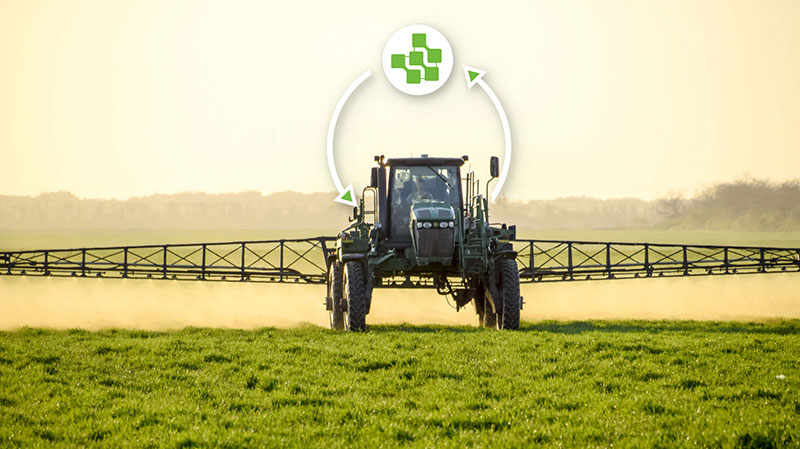CropLife 100: Crop Protection in 2018? Yes, Definitely
If the crop protection products category was using a Magic 8-Ball to question its performance these past few years, the answers would all be coming up as positives. Of course, this represents a big difference from what the category had experienced to start the 21st century.
In the early 2000s crop protection was the largest crop inputs category among CropLife 100 ag retailers in terms of market share. Yet sales kept dropping or remained flat for many years. By 2008 the fertilizer category had pulled ahead in overall market share. For the next few years, crop protection kept losing market share until it represented just over one-quarter (29%) of CropLife 100 retailer sales.
But starting in 2013 the crop protection products category began making a comeback. Year-after-year sales improved, and the category’s market share also started moving forward again. In 2017 the category had its all-time best sales year, with revenues among CropLife 100 retailers hitting the $11.4 billion mark and market share climbing 38%.
Could this winning streak continue in 2018, asked market watchers? According to the 2018 CropLife 100 survey, the answer is “without a doubt.” For the year, the crop protection products category saw its sales volume increase to $11.9 billion, a modest yet healthy 4.4% increase vs. 2017. Market share for the category also gained another 1% and now sits at 39% — a mere 1% difference from the fertilizer category’s leading 40% market share.
According to most respondents in the CropLife 100, part of the reason the crop protection products category has enjoyed this rebirth ties back to the problem of herbicide-resistant weeds. Since the early 2000s, when the first glyphosate-resistant marestail was confirmed in a Delaware crop field, herbicide-resistant weeds have spread across the country, becoming a yield-robbing, multi-million dollar problem for grower-customers. In fact, when asked to describe how herbicide-resistant weeds have impacted their grower-customers, 82% of 2018 CropLife 100 ag retailers indicated this issue was a major problem “in the majority or some of our customer fields.”
Hence, it should not surprise anyone that herbicides revenues among CropLife 100 ag retailers in 2018 outpaced those of the other major crop protection segments, insecticides and fungicides. According to the 2018 CropLife 100 survey, 69% of respondents saw their herbicide sales grow between 1% and more than 5% for the year. This was an improvement from the 2017 survey, when 66% of respondents saw these kinds of revenues gains.
While the herbicides segment performed better in 2018, both fungicides and insecticides had rougher outlooks during the year. For fungicides, the year was pretty much a push from 2017, with 45% of CropLife 100 ag retailers saying their sales in this segment grew 1% to more than 5%. This was identical to the percentage of retailers seeing sales gains in the data from the 2017 CropLife 100 survey.
A closer look at the numbers reveals part of the problem for fungicides could stem from the fact that fewer grower-customers are using them as a preventive measure. According to the 2018 CropLife 100 survey, only 31% of growers were using fungicides as preventives during this past growing season. A larger percentage, 43%, were not taking this approach in their fields during 2018.
For insecticides, the news was decidedly worse. According to the 2018 CropLife 100 survey, only 41% of the nation’s top ag retailers saw their sales in this segment grow between 1% and more than 5% during the year. This was down 4% from the 2017 survey results.
Yet there is hope for insecticides. According to many CropLife 100 retailers in California and Florida, citrus greening disease (Huanglongbing) is one of the major challenges facing their growers. Since many crop protection suppliers are planning to launch new insecticides to combat the Asian citrus psyllid (the pest which spreads the disease), the segment could possibly experience a sales lift next year as a result.






